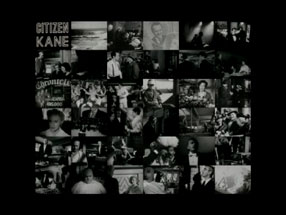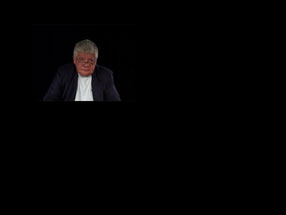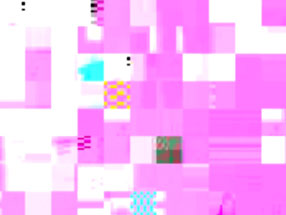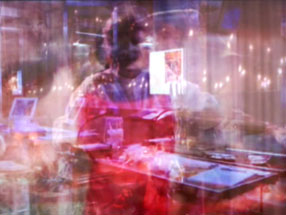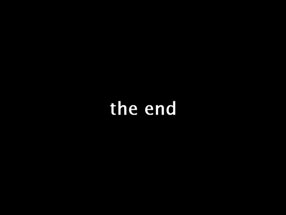Cinema Show is a macro-collage. 35 coexisting screens, generating cut out fragments, form a pulsating, multi-colour beam with signal deprived of logical consistency. The form of Cinema Show bears a slight resemblance to the variations on The New Book, carried out by Zbigniew Rybczyński, or the later work by the British director Mike Figgis Timecode from 2000. It is a variation on multiplex cinema. This form of overlapping disturbs traditional interpretation, reduces the vision of the entire thing, escapes cause-effect narration and creates an abyss between a uniform broadcast and unambiguous reception. Instead, we obtain a work, which is close in the manner of operation to works of a fragmentary character.
Unlike in e.g. Pop Corn, in Cinema Show the viewer can derive momentary satisfaction from recognising pieces of films. Flashing, recognisable scenes from one of James Bonds, Matrix Reactivation, In the Realm of the Senses, Chicago, Moulin Rouge or Passion give the viewer the makeshift comfort of the familiar. But it takes just an instant for visual signals bombarding us from the side to attract our attention to such an extent that throws us off a single path, a single channel. The lack of the possibility of concentration is intensified by accumulated, simultaneous soundtrack layers of each of the 35 screens. The sound cacophony breaks the course of reception and establishes a distance.
Cinema Show is also a metaphor of the very phenomenon of multiplex cinemas, a metaphor of the cultural tendency to combine cinematic offers for the viewers. The work comes as a “what’s on” interface of a multiplex.
References: A. Hirszfeld, Szczerbowskiego obraz zwielokrotniony, [in:] Wizje i Re-wizje. Wielka Księga estetyki w Polsce, Cracow 2007; A. Hirszfeld, Robert Szczerbowski, [in:] New Phenomena in Polish Art after 2000, Warsaw 2007.
(AH)
Year: 2005
Duration: 20'20''
Language: no language
Source: BETA SP
© Robert Szczerbowski
Acquisition: deposit
Ownership form: deposit
